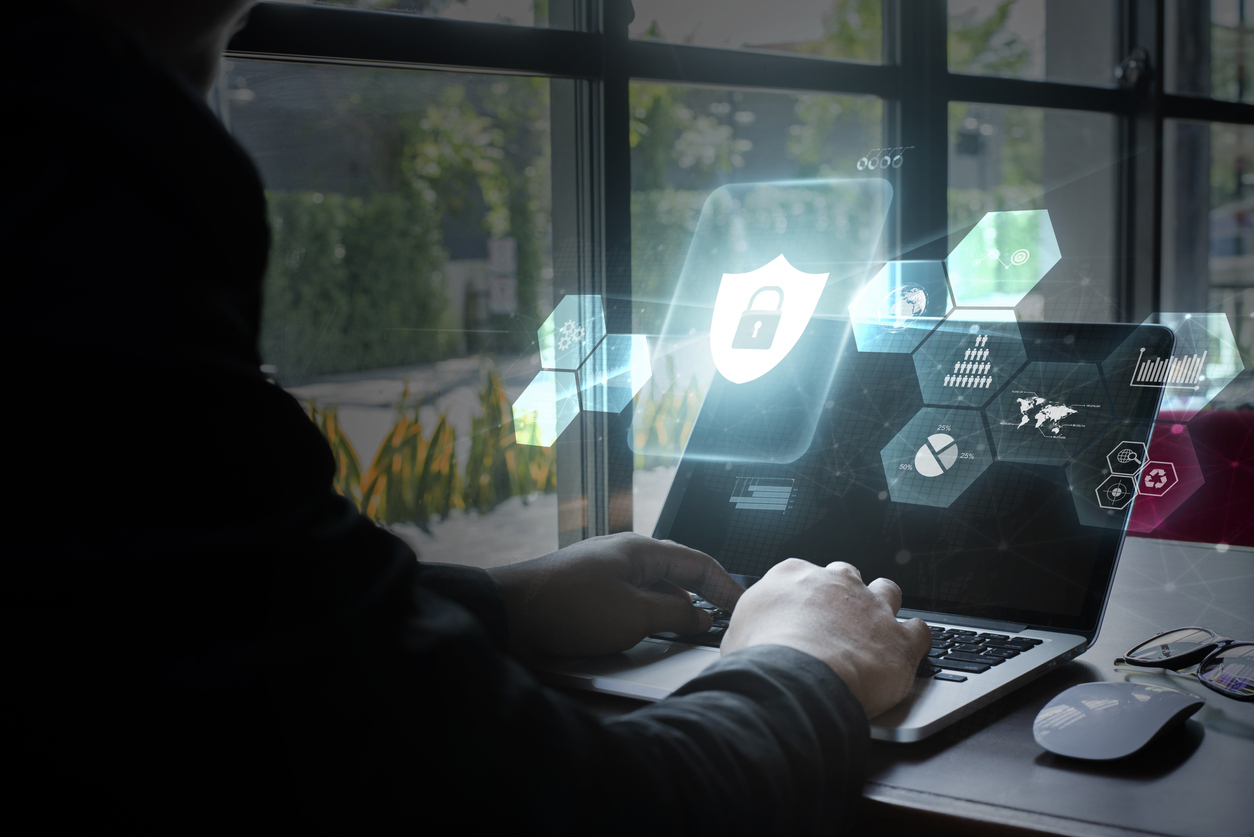Tech has a major role to play in the survival of companies during the COVID-19 pandemic. Where traditional solutions are unavailable, automation is proving its worth in keeping things moving.
Michelle Shelton, Product Planning Director at MHR, explores how crisis management can be improved through automated solutions.
In any business, people are your biggest asset and your biggest cost.
It is why amid the turmoil of the coronavirus lockdown, business continuity has rightly focused on providing full support to millions of employees working from home.
The danger is that functions such as payroll and HR find themselves overlooked or overburdened. There’s often an assumption that these departments run on rails no matter what happens.
When almost everyone works from home, however, payroll and HR can be overwhelmed by the volume of queries about pay, expenses, bonuses, commissions, and the limitless range of concerns employees have about sickness pay, curtailment of earnings, family matters, and so on. This is compounded by changes in government legislation or rules about furlough or holidays that need to be considered. What is the right response from a technology perspective?
Cloud-Based Applications Are Proving Their Worth
It is imperative, therefore, that payroll and HR staff have access to the applications they use daily, so basic functions remain operational and they continue communicating across the business. But many organisations have found, to their cost, that remote working is not just a matter of lifting and shifting from the office to the home. A survey of companies with more than 1,000 employees last year found 52% were still using spreadsheets for payroll admin and more than a third were using paper timesheets. This is almost impossible to run effectively with a remote workforce. Businesses that have bespoke payroll systems operating from on-premises servers are suffering almost as badly, because these vital applications are now inaccessible.
The plain fact is that for many company payroll and HR departments there will be no alternative to the adoption of new, cloud-based applications that boost collaboration and streamline efficiency.
Implementation is swift. A major software and outsourcing provider with 650 employees has been able to shift to full remote working in three days, transacting more than 50 payroll functions quickly and seamlessly.
[ymal]
Saving Thousands of Hours
A good example, from more normal times, is Swinton Insurance, which has 4,000 employees across the UK. It saved 132 working days through automation of absence authorisation and the introduction of digital payslips, having previously depended on spreadsheets. All the difficulties of employee queries and the confusion about the combination of pay and benefits were resolved through adoption of a cloud platform. The company’s HR department made the transition from a highly transactional unit to one helping drive up performance across the business.
Chatbots and Voicebots Offer Employees Instant Answers
Payroll and HR should also consider deploying chatbots and virtual assistant-type voicebots to help relieve them of the time-consuming burden of repetitive queries about pay and employment matters when employees are stuck at home. Within 24 hours it is possible to have a chatbot capable of answering 50 common queries. A more advanced cloud-based platform will offer these technologies. Employees can even upload receipts with a quick smartphone photograph, automating the administration of expenses claims and making the whole process much easier.












